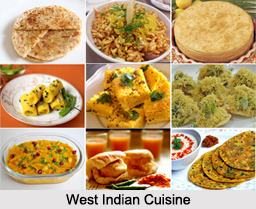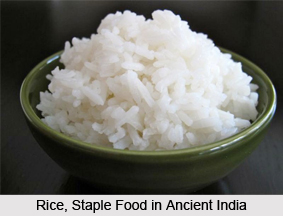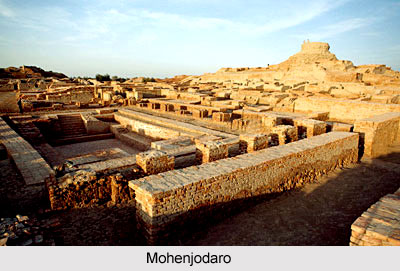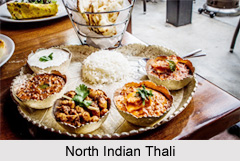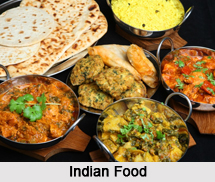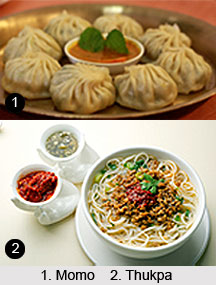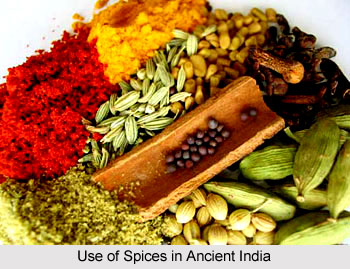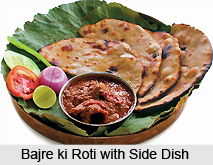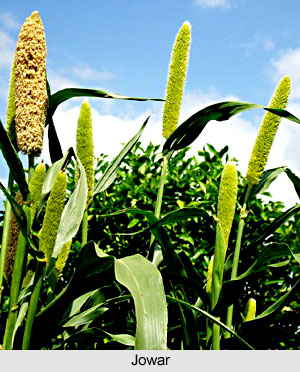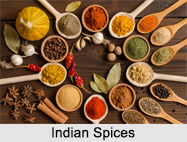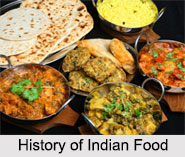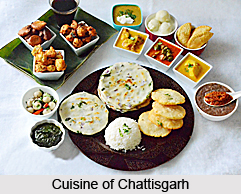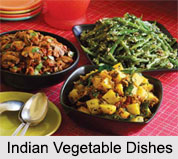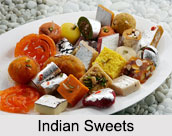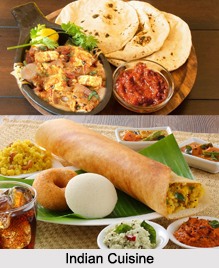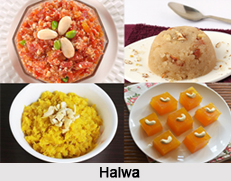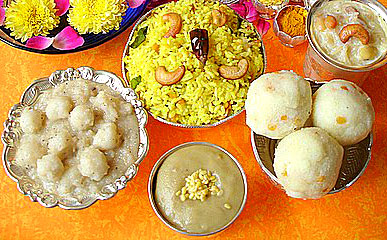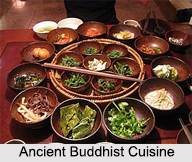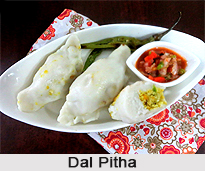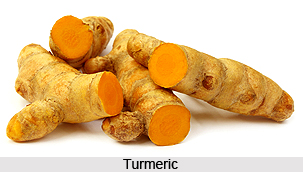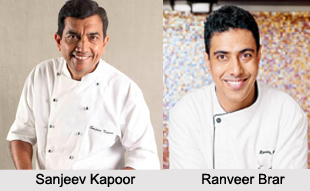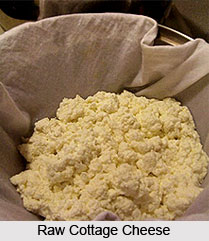 Use of cottage cheese in Bengali Sweets is one of the most basic and standard ways of preparing sweets in Bengal. It is hard to determine exactly when the term sandesh came to indicate a sweet made with chhana rather than with kheer. But it is reasonable to assume that it had become common usage by the latter half of the nineteenth century. The chhana-based sweets of Bengal have long been famed outside the region. There are two sweets in particular, the sandesh and the rosogolla which are of particular repute as being symbolic of Bengal.
Use of cottage cheese in Bengali Sweets is one of the most basic and standard ways of preparing sweets in Bengal. It is hard to determine exactly when the term sandesh came to indicate a sweet made with chhana rather than with kheer. But it is reasonable to assume that it had become common usage by the latter half of the nineteenth century. The chhana-based sweets of Bengal have long been famed outside the region. There are two sweets in particular, the sandesh and the rosogolla which are of particular repute as being symbolic of Bengal.
Origin of the use of Chhana in Bengali Sweets
The origins of the use of chhana lie in the interaction of the Indians with the Portuguese. It began five hundred years ago, when the Portuguese explorer, Vasco da Gama, landed on the western coast of India in 1498. It is the solid separated by curdling, that the Bengalis called chhana, which has found such wide application in Bengali sweet production and left an entire region indebted to the Portuguese.
There are several unique varieties of cheese in Portuguese cuisine. Most are made of sheep or goat`s milk, but cow`s milk is also used. There are innumerable fresh cheeses, queijos frescos, made into little cakes about three inches in diameter. When mature, they are firm, with a strong flavour. When fresh, they are soft and spread-able. In Bengal, what is known as Bandel-cheese is remarkably similar to the queijos frescos of the Portuguese. It comes in the form of little cakes of fresh cow`s milk cheese. The numerous sweets made from chhana are in fact the siblings or cousins of this same Bandel cheese. Even the Portuguese way of processing milk initiated a whole new flowering of the Bengali culinary imagination.
The etymology of the term Chhana is rather obscure but, according to several major Bengali dictionaries, it is a case of a verb becoming a noun. Chhana is related to another verb, shana. Both mean kneading vigorously by hand to create a fine paste or dough. The naming of Chhana seems based on the fact that all Chhana-based sweets require the curdled milk solid to be first kneaded. In fact, the excellence of many sweets depends on the right degree of kneading and often the reputation or status of a Bengali moira depended on his success in achieving the right consistency of kneaded Chhana respective to the sweet being made from it.
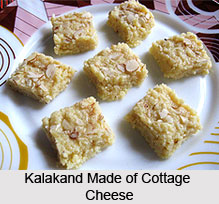 Sweets made from Chhana
Sweets made from Chhana
The majority of sweets in Bengal are made from Chhana. The simplest Bengali sandesh is the kanchagolla (literally, `uncooked ball`), that is, hot, sweetened Chhana formed into round balls. The term kancha (uncooked) does not indicate a lack of processing by heat after the milk has been curdled. The chhana is actually tossed lightly with sugar over low heat and the mastery of a moira is indicated by the complexity of texture he can achieve despite the shortness of the cooking or processing time. Some of the best kanchagolla is available from sweet shops around the famous Kali temple in Kolkata`s Kalighat neighbourhood.
In more elaborate incarnations, the Chhana for sandesh can be pressed, dried, flavoured with fruit essences, coloured, cooked to many different consistencies, filled with syrup, blended with coconut or kheer and moulded into a variety of shapes (including those of elephants, conch shells and tigers).
Fancy confectioners in Kolkata or Dhaka even take proprietary pride in a particular shape or flavour of sandesh as their particular invention. The Bengali obsession with this sweet is indicated in the flights of fancy displayed in the naming of different kinds of sandesh. Bipradas Mukhopadhyay, writing in 1906, lists more than twenty names, based on form, content, consistency and flavour. Among the most memorable are: abaar khabo (I want to eat it again), pranohara (robber of my soul), manoranjan (heart`s delight), nayantara (pupil of my eye) and ahladey putul (pampered doll). In the heydays of colonial rule, the British, too, were honoured, as indicated by names such as `good morning` and `Lord Rippon`. Sometimes the fame of a sweet is tied to the name of a place, as in the `kanchagolla of Natore`, the `monda of Muktagachha` and the `chamcham of Tangail`.
Chhana-based sweets in Bengal (including both West Bengal and Bangladesh) are too numerous to enumerate in full. But some of the most famous deserve mention. Next to sandesh, the rosogolla is the best known as the representative sweet from Bengal. Its most obvious characteristic is that of being soaked in syrup (ros). The other is the exquisite smoothness of the chhana. There is no room for graininess in a good rosogolla. A variety referred to as the `sponge rosogolla` is considered the best. Other syrup-soaked sweets made from Chhana include chamcham, pantua, chhanabora, chhanar jilipi, rosomundi, golapjaam and kalojaam.
Thus the use of chhana is in fact like a kind of hallmark of Bengali sweets. It is the most favoured medium in the preparation of sweets in Bengal.
